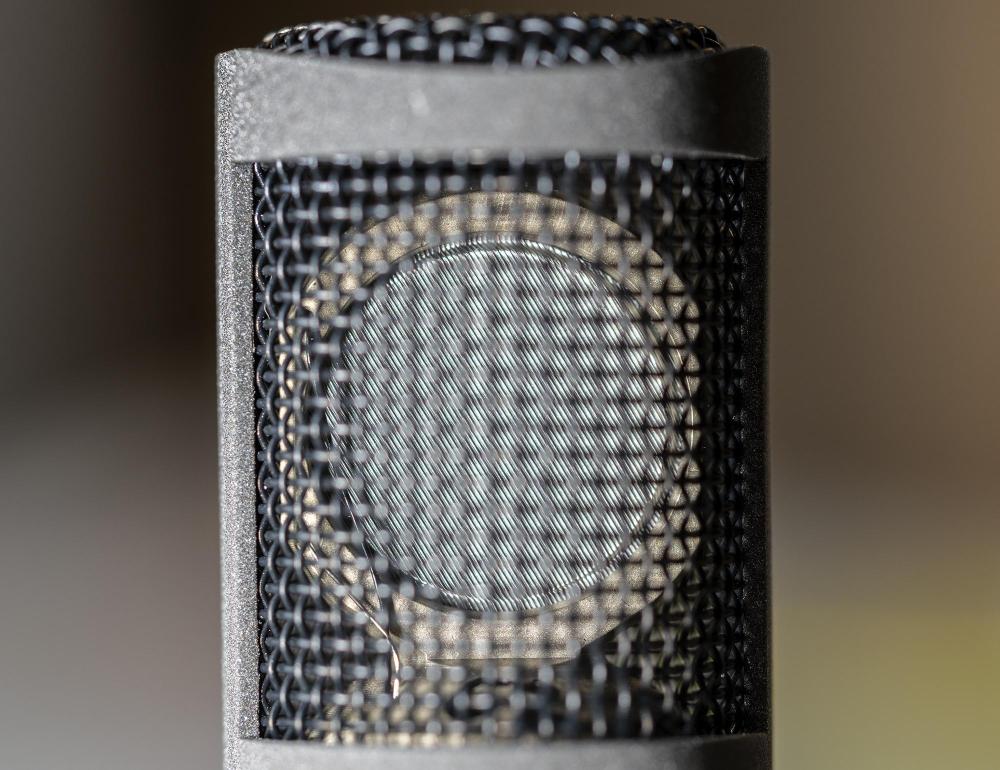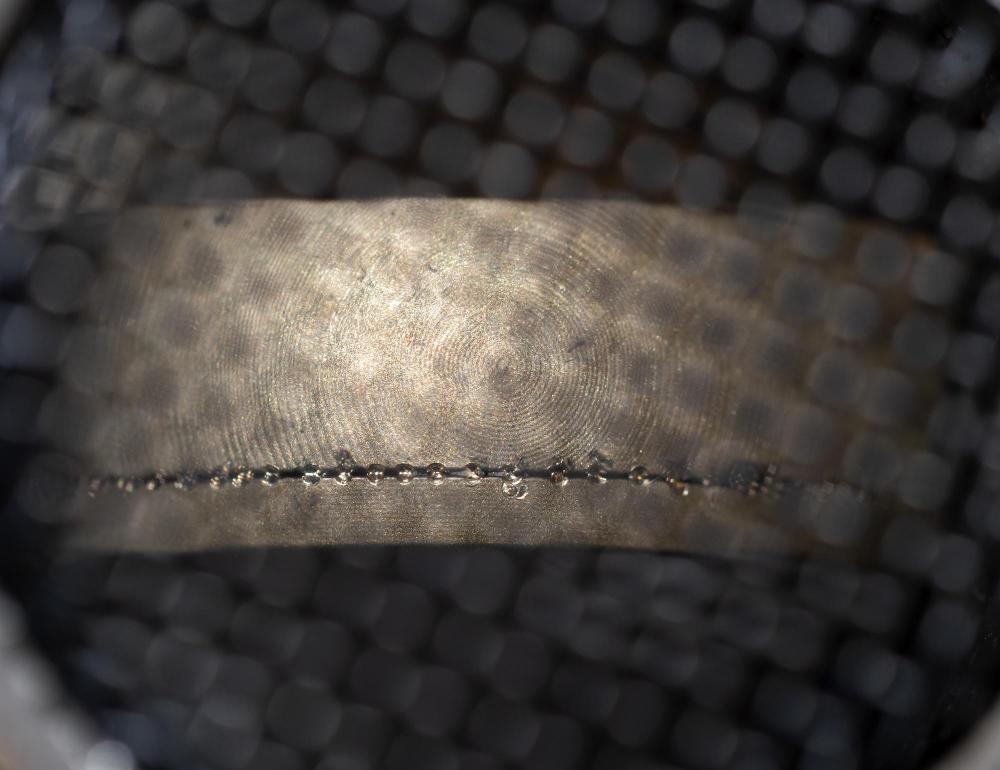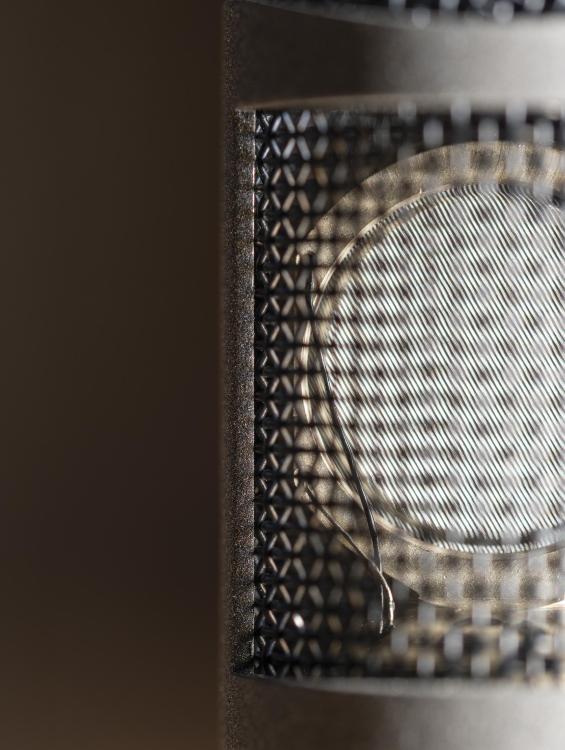
Throwback
Members-
Posts
121 -
Joined
-
Last visited
-
Days Won
14
Content Type
Forums
Gallery
Store
Everything posted by Throwback
-
Indeed, as I mentioned a few posts previously David! As I also said then, to coincide with NAB 2024 Sennheiser has issued more info, including the full specs w frequency response and polar pattern graphs, which are now available via the website: https://www.sennheiser.com/en-gb/catalog/products/microphones/mkh-8030/mkh-8030-700251 Cheers, Roland
-
Yes, a poor preamp may see HF response reduce at high gain and a FetHead would help in this case, but, if so this seems covered by my '...unless you have an extremely anaemic...preamp...'. I have no idea if the Portacapture X8 is that bad, though, evidently, it is rather poorer than the preamp/recorders used by those in professional production sound. Adding huge gain (36dB) to Schoeps MiniCMIT or 18dB to a VP-88 via an in-line preamp still seems like the wrong approach: a good preamp/recorder and very low-noise mics are the pre-requisites of good recordings of very quiet sources, coupled, needless to say, with decent mic placement.
-
I can't think of any circumstance where I would want to run a FetHead with a condenser mic, unless wanting to up the signal at the mic for an extremely long cable run to the preamp. Putting the aside the question of impedance by using two FetHeads in series, I can't imagine why you would want to add 36dB gain to your Schoeps MiniCMIT, unless you have an extremely anaemic and noisy preamp: what are you using? The Schoeps MiniCMIT is a very respectable mic, but even with 14dBA self-noise an extra (nominal) 36dB gain over and above what any decent preamp/recorder can provide is going to make this very evident. There are significantly lower self-noise shotgun mics, but I suspect it's placement that will be the problem. As for a pair of FetHeads to give the Shure VP-88 another 18dB for recording quiet sounds such as birds, then again gain isn't your problem, but mic self-noise is all the more the issue: the VP-88 has a whopping 24dBA self-noise and is unsuited to the job. Cheers, Roland
-
Well I've overlaid it on the MKH 30 polar pattern in Photoshop and they are almost identical, although, of course, the MKH 8030 graph includes the rather different 32kHz polar pattern: I think most would be happy that it matches the earlier fig 8 so closely. Cheers, Roland
-
And to add, Sennheiser have given me the thumbs up to use the polar pattern now (the specs sheet will be published in conjunction with the mic appearing at NAB 2024 (13-17 April), so I have updated my original blog post on the mic accordingly: https://drbadphil.com/sennheisers-new-fig-8-the-mkh-8030 Cheers, Roland
-
Haha! Not seeking admiration (or, conversely, any comments about acoustic shadowing) of the odd cluster of mics for testing, but just trying to keep thread on topic. Received the draft (and probably final) spec sheet today, with the only significant addition being the polar pattern graph: I have assumed that I can't share this until publication (at launch), but have asked for clarification. In the meantime, suffice it to say that it looks just as you would hope: very much as per the MKH 30 (i.e. symmetrical, deep nulls, and with a consistent pattern across the audible frequency range). Cheers, Roland
-
Not quite sure why this MKH 8030 thread has wandered into discussion of the VP-88, but, in an attempt to bring it back on subject, here's a photo of my mid-side test rig (not, I must stress, a regular set-up) for the MKH 8030 with the MKH 8020, MKH 8040 and MKH 8050 mics! Cheers, Roland
-
Hmm, while decent ribbon mics offer something different to the MKH 8030, I'd certainly far rather use the latter plus other MKH 8000 series mics for MS than a VP-88, which I have heard: not knocking the Shure, but the Sennheisers are a significant step up (which isn't surprising, given price difference).
-
Thanks Fred. Yes, I've given some thought to whether I should do an MKH30 comparison, but, for practical applications for many, this would mean mid-side MKH30 + MKH 20/40/50, even a second MHK 30 for fig 8 mid-side and Blumlein, and all the variations started to seem complex: I may get around to this in due course (it will involve me getting hold of an MKH 30). And, also, these tests are - somewhat inevitably - influenced by the mics in which I am interested in using: with the MKH 8030 appearing after so long, I am not that interested in the earlier and larger MKH mics, despite their excellent sound. As for ribbon mics, yes that is something I would like to explore more for music. I only have one at present, but, of all the ones I've heard, I really fancy an AEA R88A. The M160 hypercardioid ribbon is an interesting mic though, as you say: I must try and hear one (or, rather, one paired with an M130) in action. Cheers, Roland Thanks for the kind words. Yes, I like the recording of ordinary things: I sometimes wonder about mic tests with exotica in far-flung locations!
-
And now I have just added part 3 of my MKH 8030 tests, probably a little more relevant here than part 2: in this case it is a series of MS tests with the MKH 8020, MKH 8040 and MKH 8050 - all field recordings/ambiences, not music. Cheers, Roland https://drbadphil.com/sennheiser-mkh-8030-part-3-mid-side-field-recordings
-
OK, have just added part two of my MKH 8030 tests: recording a bluegrass band in mid-side may not be entirely relevant here, but perhaps something might translate, I hope, and be useful to one or two! Cheers, Roland https://drbadphil.com/sennheiser-mkh-8030-part-2-mid-side-recording
-
Thanks David! Cheers, Roland
-
And here are a few close-up photos that I took of the MKH 8030 capsule: a couple in the blog post and a couple not. Not easy trying to get clear photos through the basket: I wasn't brave enough to pull the mic apart! Cheers, Roland
-
I've had a pre-production copy for a few weeks now, and have been testing it, and have written one of my usual blog post write ups, with plenty of embedded audio files. Doubtless it won't quite address everything you want to know about the mic, but I hope there is the odd bit there that might interest one or two of you. Cheers, Roland https://drbadphil.com/sennheisers-new-fig-8-the-mkh-8030
-
Hi Derek, I did some testing of the RAD-1 and RAD-2 shock mounts, which you might find of interest: https://drbadphil.com/radius-windshields-rad-1-and-rad-2-shock-mounts Like you, I'm interested in seeing what their full windshield is like. And, also, whether the form of the hoops will allow development of a two-mic clip for MS. Cheers, Roland
-
The Rode NT4 is 33mm diameter: it is a chunky-bodied stereo mic. Given your ref to the 'NT4/4+', it looks like you have confused this with the NTG4 (and NTG4+) shotgun mic. Cheers, Roland
-
Safe to use Large Condenser studio Mics Outdoors?
Throwback replied to Kevin Sinnott's topic in Equipment
Off the shelf windshields rarely work well for LDCs, and its vital not to get into thinking if I can somehow squeeze a mic into a modified blimp then that's fine: a crucial element of windshield performance is distance from capsule to edge of basket. Besides, once using LDCs you are almost certainly out of booming and the need for compromise for the sake of lightness and maneuverability. So you can go purpose-built and large like this! https://drbadphil.com/windshield-for-ldc-mics Cheers, Roland -
Safe to use Large Condenser studio Mics Outdoors?
Throwback replied to Kevin Sinnott's topic in Equipment
Obviously SDC mics are more convenient (smaller, lighter and with manufactured windshields aplenty) and, in many cases, more resilient in high humidity, but LDC capsules aren't inherently 'fragile' and many - esp. wildlife recordists - use them outside when needing the very lowest self-noise. Occasionally, I lug my massive mid-side LDC rig outside (massive, due to its purpose-built windshield). I think your best source for examples and descriptions of use of LDC mics in the wild is Magnús Bergsson on his Hljóðmynd or Soundimage website. Magnús doesn't lack decent SDC mics (inc. MKH8000 series), but often chooses to use LDC mics due to that low self noise when out in the wilds of Iceland: here's an example of him using Lewitt 540s and a Sonosax SX-R4+ https://fieldrecording.net/2023/03/26/it-is-something-about-silence/ Cheers, Roland -
"Compact" shotgun microphones: not quite there yet?
Throwback replied to Fred Salles's topic in Equipment
And, related, some of the older interference tubes aren't what they seem - e.g. the MKH416 capsule is located midway along the apparent interference tube, with the long preamp immediately behind (so the apparently long interference tube isn't all functional). Cheers, Roland -
Yes, the first two shock mounts from Radius seem very well made and thought through: perform well too. I spent some time testing them alongside Rycote shock mounts/suspensions. Nice to have a new player on the scene (albeit with generations of Rycote experience) and to have another company making them locally (well, if you live in the UK!). Anyway, I did a bit of a write up: https://drbadphil.com/radius-windshields-rad-1-and-rad-2-shock-mounts Cheers, Roland
-
Fair enough using the Rycote stereo windshield if you have to hike with the gear and it isn't limiting your low-frequency aims. Adding foam windscreen to a mic inside the blimp? I remember Chris Woolf strongly advising against that, but can't remember where or why...perhaps one of his AES papers? Cheers, Roland
-
Well that's very odd: as you say, all correct in terms of basket size and lyre shore hardness. And the NS4-DB is the same model as I was testing. Presumably you changed the suspension arm bit with the upgrade kit as well as the 3D-Tex? Not sure beyond mic what other variables there are, other than how the lyres were spaced and the mic placed. I'm happy with my testing: testing both windshields on the same pole at the same time removes the biggest problem with comparisons, and I repeated the whole set of tests, on different days, and got the same results. Since the upgrade, I've been very happy with my two Nano Shields, and relieved rather that testing didn't show I was missing some problem along the lines you have encountered. The tests made me think more about Nano Shield lyres, and now I will pick up a pair of the red 55-shore lyres to use in conjunction with my smaller NS2-CA Nano Shield for use with my very lightweight SC-08 supercardioid. If you have some (or are prepared to risk buying some), it might be worth testing 55-shore lyres with your mic: in general I find Rycote suggest lyres that are perhaps a bit on the stiff side (hence my dropping to 62 shore lyres for the HC-22 in the Cyclone), and the new Nano Shield lyres have a lot of lateral and vertical stiffness, so shouldn't make an 89g mic overly floppy/in danger of hitting the basket during fast boom swings. Cheers, Roland
-
Good to see the latest suspension (makes me wish I had a 3d printer!). Evidently you are still using the Rycote stereo blimp - indeed this seems to be a constraint on your suspension design: why? Surely, you must make a larger blimp to get wind performance to match when outdoors. Cheers, Roland
-
Yes, I thought about mounting positions as a variable, and did a couple of quick tests to see if there was any significant impact on changing this a bit: there was none in this case. The HC-22 has a very light (aluminium) interference tube and a brass-barreled preamp, so is very much weighted to the back: the centre of gravity of the mic and its XLR connector was, as a result, nicely between the lyres (15mm behind the front lyre). The mic as set up for the tests (and in the photos) is exactly centrally positioned in the NS-DB4 Nano Shield basket: the front end of the mic is just short of the hemisphere at the front of the basket. I'd say that is a perfect set up, but evidently you are doing something very different: what? A photo would help. Which Nano Shield model did you test, with what mic and what lyres? And, assuming the same mic, what Cyclone model and what lyres? Cheers, Roland
-
Thanks Derek!

.png.279748a58a2b862b7aa5f3b84126e232.png)





